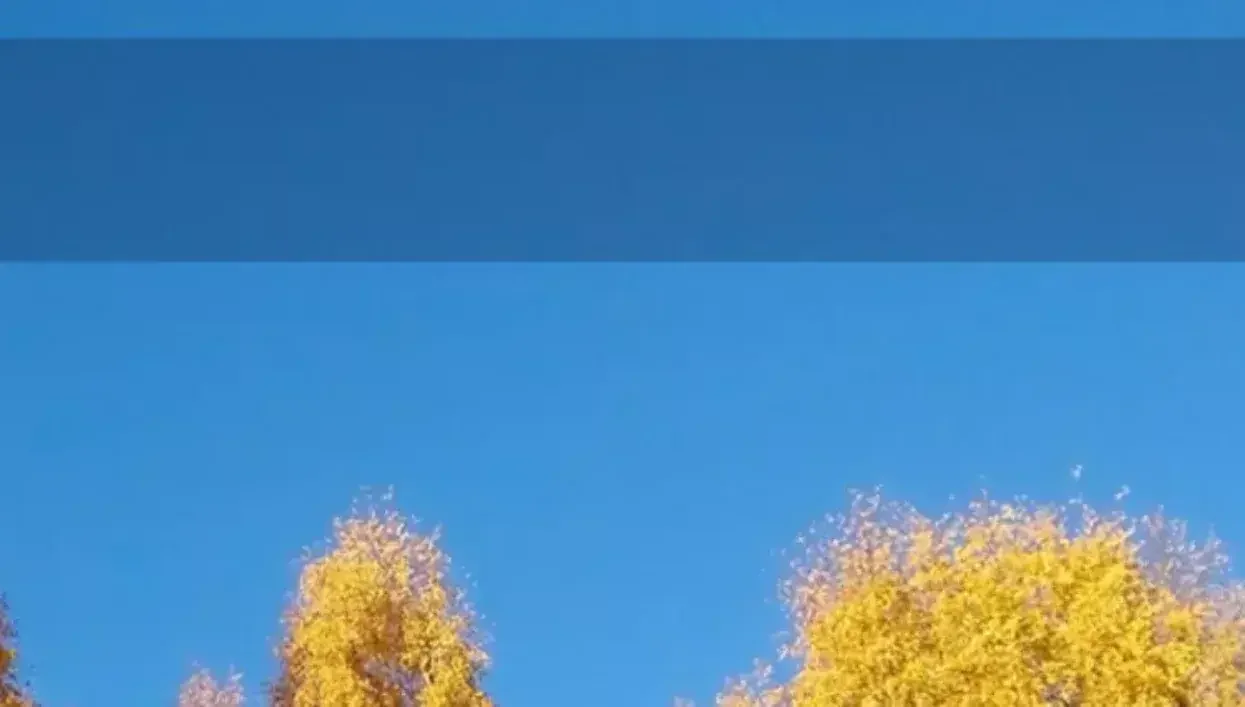Software
Textile Printing
How to eliminate shade variation in inkjet textile printing
Author
FESPA Staff
Published Date
28/04/2020
Become a FESPA Member
to Continue Reading
